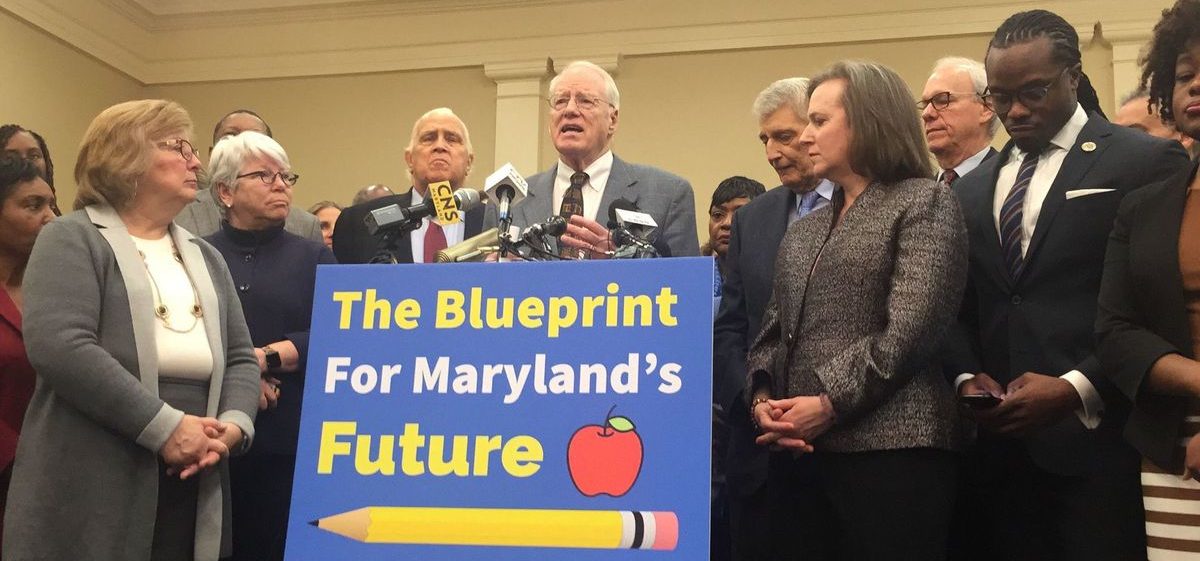Synthesis of Professional Articles
Each of my practitioner articles brings a new perspective to inequitable funding in urban schools. One focuses on misconceptions of funding in Baltimore City (Gartner, 2018), while the other explores funding disparities on a national scale (Amerikaner, 2020). The authors of both articles are experienced professionals and provide an enlightened viewpoint. By examining these articles beside one another, we can see the complications with funding on a local scale, while applying that to a larger context.
Amerikaner (2020) criticizes the convoluted reporting of school funding in the United States while bringing up questions about the inequitable funding for schools in low-income neighborhoods. Many schools in these neighborhoods receive less funding per pupil than schools within the same district. Even when districts provide somewhat equal funding across schools, this does not necessarily make it equitable. Amerikaner cites studies that show schools in low-income neighborhoods require two to three times more funding than their wealthier counterparts in order to confront the countless issues with living in poverty (Amerikaner, 2020). Urban, poorer schools often don’t receive the same funding as other schools nationwide but require even more to build stronger infrastructure and to hire experienced teachers.
Following a press conference by Governor Larry Hogan, Gartner (2018) addressed multiple claims made by Hogan. Hogan’s most contested points were based around the idea that the Baltimore City Public System is overfunded and continuously underperforming. Gartner makes sure to back up each of their counterclaims when showing how Baltimore schools are actually underfunded. Baltimore’s school buildings are vastly outdated and require a large amount of funding to update. Students in Baltimore, nearly 90% of whom qualify for free or reduced lunches (Gartner, 2018), require more resources to account for the lack of resources at home, yet still have to attend schools without proper heating.
